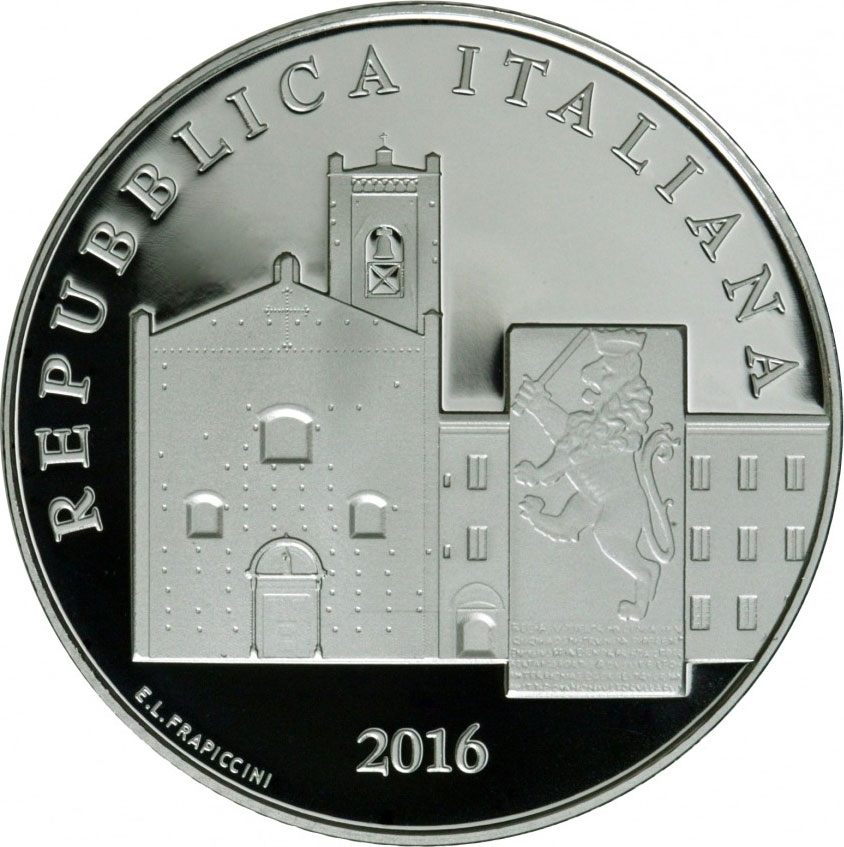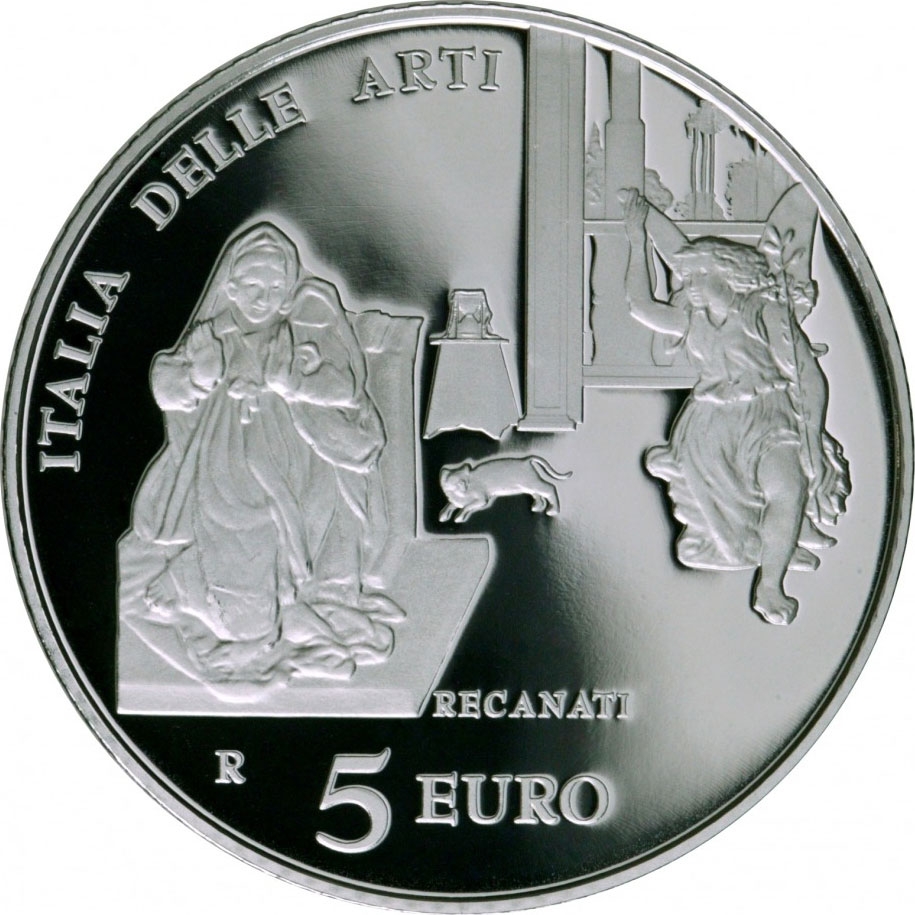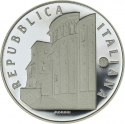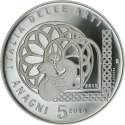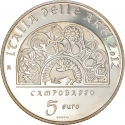You are about to finish your registration. Please check your mailbox (including spam folder). There should be a letter with a confirmation link. Check setting to make sure that your e-mail address is correct.
Send letter againDescription
Recanati is a town and comune in the Province of Macerata, in the Marche region of Italy. Recanati was founded around 1150 AD from three pre-existing castles. In 1290 it proclaimed itself an independent republic and, in the 15th century, was famous for its international fair. In March 1798 it was conquered by Napoleon Bonaparte.
The elongated historic center extends from one end to the other for over 200 metres and occupies an area of about 35 hectares. Its linear structure distinguishes it from most of the neighboring centers with a concentric plan, in which the inhabited area has extended from a central square. Along the margins of the central road, connecting the ancient housing clusters, there are numerous aristocratic buildings, for the most part on three floors, built by merchants or landowners.
It is the hometown of the tenor Beniamino Gigli and the poet Giacomo Leopardi, which is why the town is known to some as "the city of poetry". Famous medieval Ashkenazi Kabbalist rabbi Menahem Recanati flourished here in the 13th century. Teatro Persiani named after Giuseppe Persiani an opera composer, born in 1799, is located in the town.
Artist: Ettore Lorenzo Frapiccini
Obverse

|
Depicts a complex of Sant'Agostino with the façade of the church, the cloister, and the bell tower, and, in the foreground, on the right, the coat of arms of the Municipality with a lion rampant, composition attributed to Sansovino; around, above, “REPUBBLICA ITALIANA”; “2016” in exergue; around, on the lower left, the name of the designer “E. L. FRAPICCINI”. REPUBBLICA ITALIANA |
|---|---|
Reverse

|
Depicts a detail from the painting "Recanati Annunciation"; around, on the upper left, “ITALIA DELLE ARTI”; below, in two lines, “RECANATI”, “R” and “5 EURO”. ITALIA DELLE ARTI |
| Edge |
5 Euro
Italy of Arts
Recanati - Marche
Subscribe series
KM# 397
Italy of Arts
Recanati - Marche
